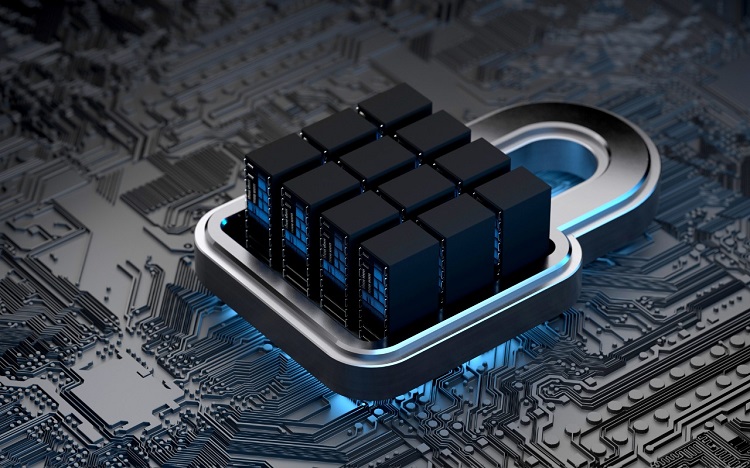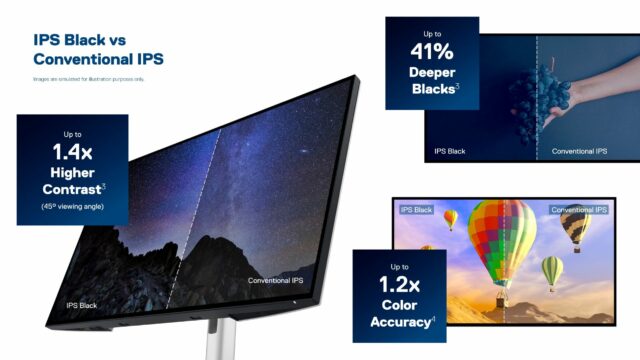Remote work is not a new concept, but it is becoming increasingly pervasive. People in a wide range of roles and organizations are now operating remotely, and 70% of employers believe a blend of in-person and remote working will be the new normal.
In this new world of hybrid work, virtual desktop infrastructure (VDI) is king. And that’s a problem for many IT leaders, as organizations looking to adopt or expand VDI have typically faced several hurdles, including long planning and procurement cycles, management complexity and higher-than-anticipated infrastructure costs.
These hurdles can cause some hesitation, despite the many security and productivity advantages VDI provides. Nevertheless, organizations need solutions that simplify and accelerate the process of acquiring virtual desktop infrastructure for their growing remote workforces, while reducing complexity and costs.
So how do you get there? In short, head to the APEX with Dell Technologies.
The APEX Answer
Dell APEX for VDI delivers real workforce transformation by giving your organization what you need to create your own on-demand environment with infrastructure and services customized to order, accessed via a pay-per-use consumption model or an enterprise-scale managed utility – all without sacrificing flexibility and choice.
Here are a few ways APEX for VDI can empower your “anywhere workforce” by streamlining and optimizing the VDI implementation:
◉ Reduce operational complexity and costs. Simplify and centralize IT management with flexible consumption and payment options to rapidly – and affordably – respond to varying infrastructure demands for your ever-changing VDI environment.
◉ Secure your environment. With hosted desktop infrastructure, your organization’s data remains protected behind the corporate firewall, helping maintain security without sacrificing performance.
◉ Accelerate productivity. Speed time to results by giving people access to the virtual desktops and applications they need, when and where they need them.
Benefits like these help deliver real workforce transformation, enabling employees to be productive on their own terms.
To stay flexible and resilient in times of uncertain demand, secure remote management should remain top of mind as a business requirement. Dell APEX Custom Solutions for VDI consist of products and services designed to enable organizations to reap the full benefits of desktop virtualization and modernize the design and deployment of VDI optimized for performance, cost-effectiveness and security.
For customers looking for a more turnkey infrastructure as a service (IaaS) solution, Dell APEX Private Cloud for VDI streamlines and optimizes the implementation of VDI to enhance work and learn-from-anywhere initiatives on-premises, while providing the agility and scale of public cloud providers at a lower cost. This way, customers can leverage the benefits of cloud-based VDI – such as rapidly deploying virtual workspaces for employees in a remote environment or accommodating changes in seasonal demand spikes and personnel – while keeping data secure on-premises.
Either way, Dell APEX for VDI provides the path toward taking IT and workforce transformation to the next level.
Benefits of APEX for VDI: A Customer Perspective
Montage Health, through its multiple entities in Monterey County, California, delivers extraordinary care to half a million individuals annually. The family of organizations includes Community Hospital of the Monterey Peninsula, Montage Medical Group, MoGo UrgentCare, Aspire Health, Montage Wellness Center and Montage Health Foundation.
The organization relies on an extensive VDI environment, with terminals on each clinical floor to provide the applications and information required for patient care and staff collaboration. Unfortunately, several VDI latency issues were decreasing productivity and threatening to impact care levels.
“Our mission is top-notch care, from birth to end of life,” says Tahir Ali, chief technology officer and chief information security officer at Montage Health. “Our biggest delivery mechanism for the entire hospital is our VDI environment. The operating system sits in our data center and is delivered through the wire. We wanted to ensure we have a top-of-the-line infrastructure to run our VDI solution. We chose Dell APEX Private Cloud.”
In the past, it would take physicians, nurses and other clinicians an average of 100 seconds to log in to a VDI terminal. By deploying VDI on APEX Private Cloud, Montage Health was able to reduce login times to an average of 30 seconds, saving 70 seconds per session.
“We have 600 unique VDI sessions per day,” Ali comments. “APEX Private Cloud saves us up to 11.66 hours daily, or a little under $300,000 per year in saved time on VDI logins. It was also very easy to just put it together and then start delivering VDI.”
He continues, “Most importantly, the low latency of the APEX solution saves lives in the emergency room, where patients may arrive bleeding and every second counts.”
Key Takeaways
Here’s the bottom line: Today’s enterprises and public organizations need to find ways to enable their remote employees to maintain the highest levels of productivity while maintaining control to accessibility and costs. That’s APEX for VDI. With Dell APEX for VDI, you can provide remote access to virtual desktops and company applications anytime, anywhere. And you can do it all with a best-in-class cloud solution that puts the user experience first.
Source: dell.com






















